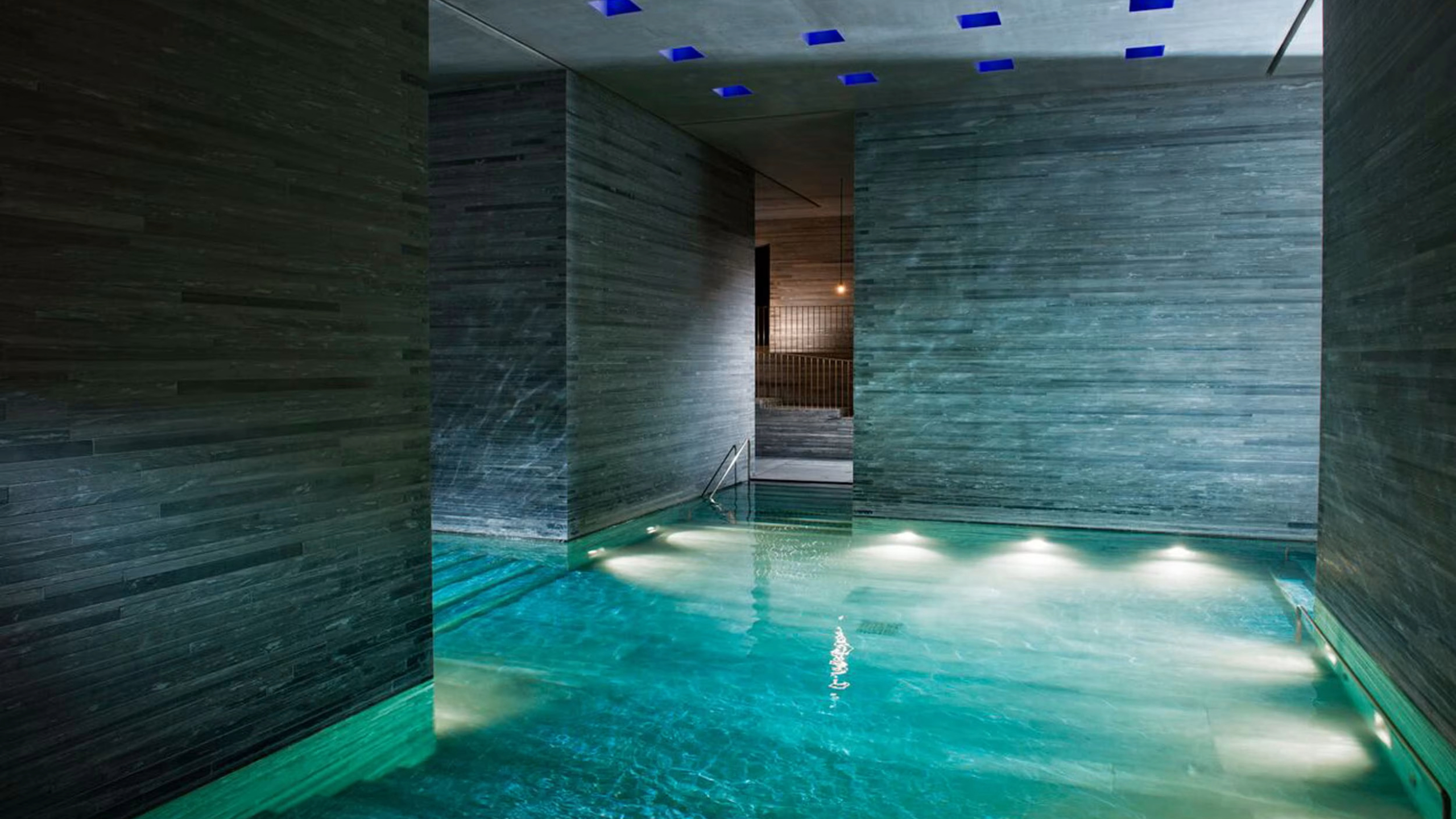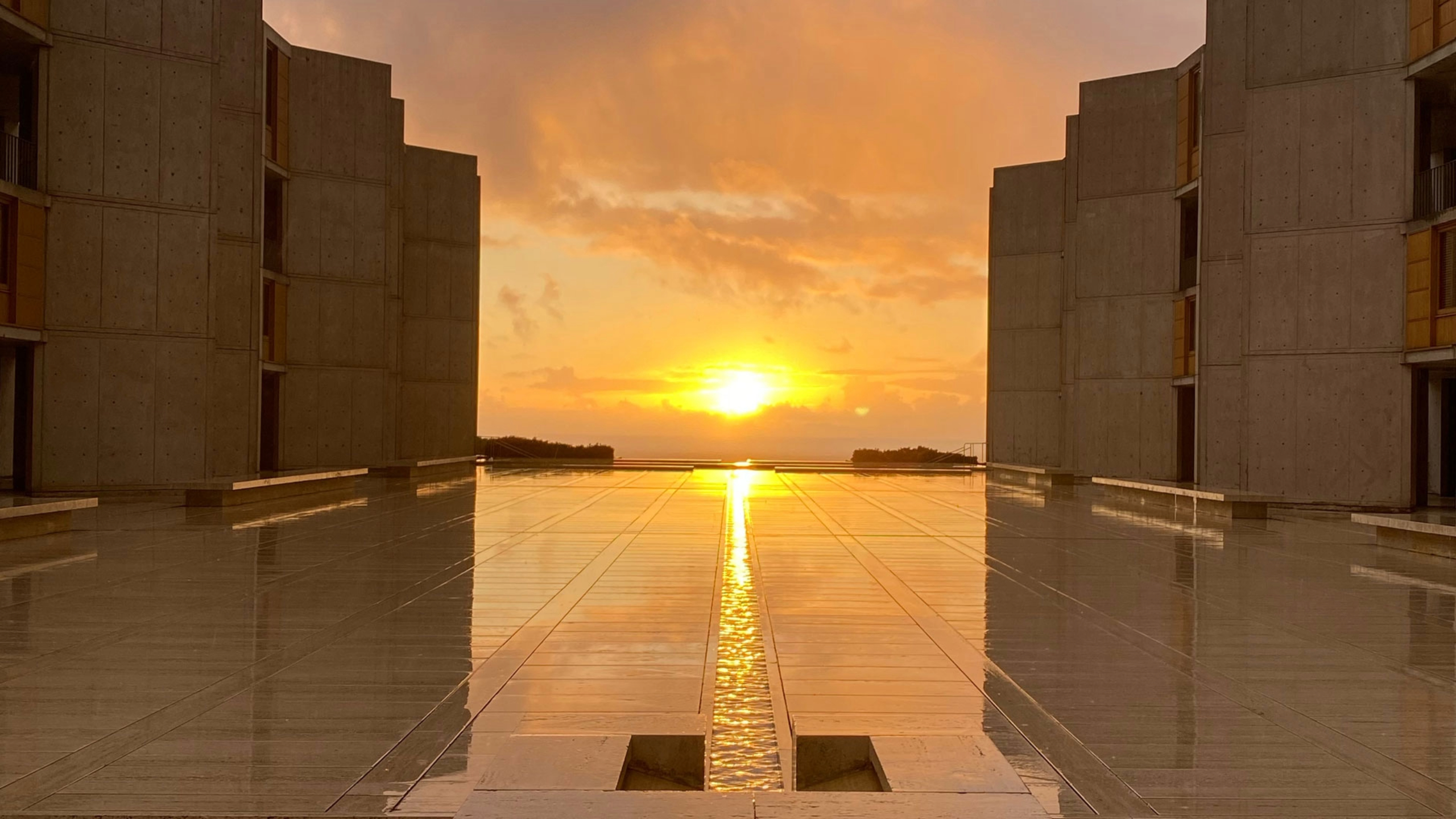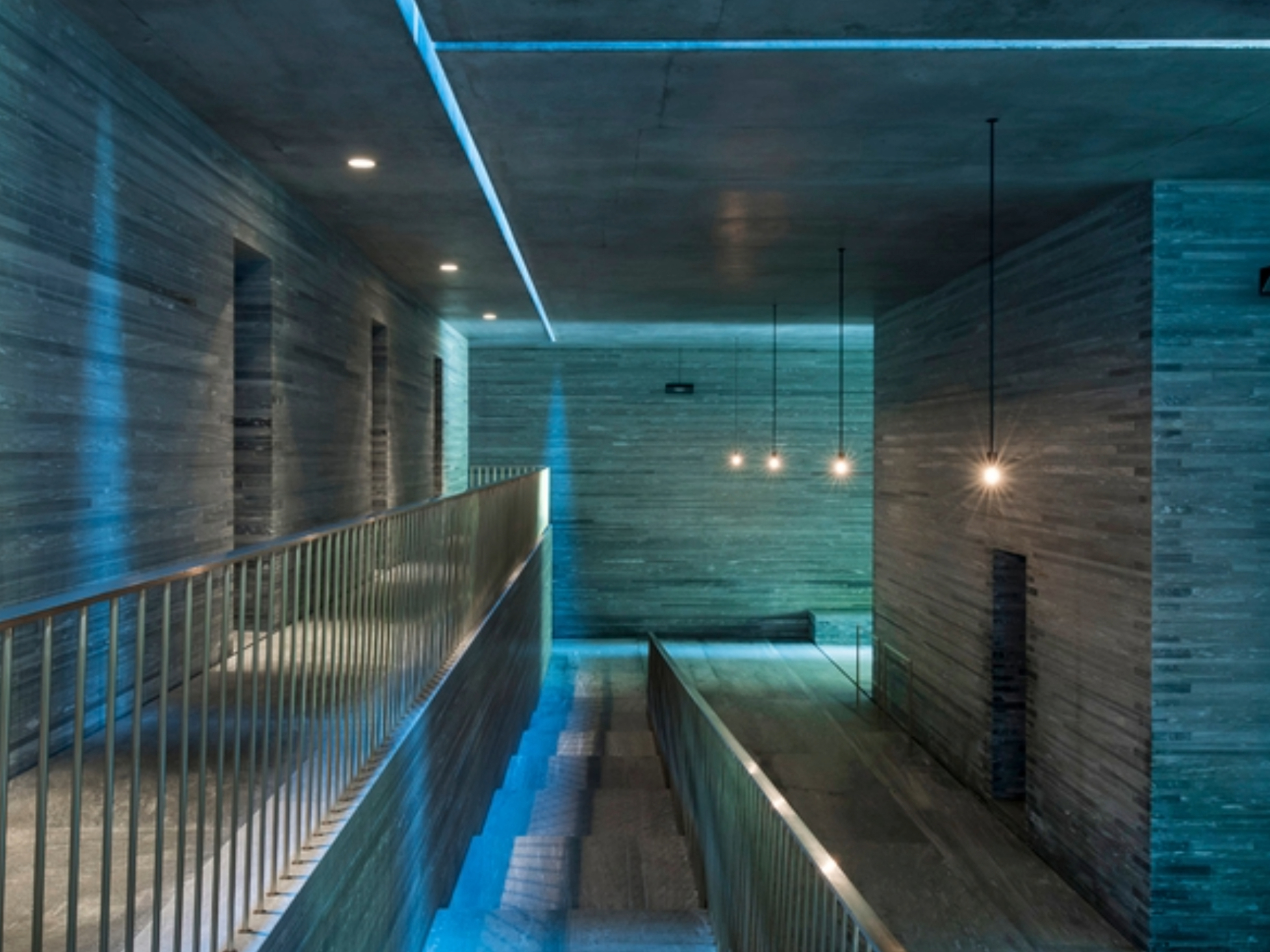2025-09-26
Why Emotion is the Ultimate Design Tool
Design is not only about form, function, or technology — it is first about what people feel. Long after the details fade, it’s the aura of a place or object that stays with us: the stillness, the warmth, the resonance.
Emotion is not an afterthought; it is the framework that makes design meaningful.

Atmosphere as Architecture
Peter Zumthor’s Therme Vals is not famous for its geometry but for its silence. Walking through the stone corridors, you don’t remember the exact measurements — you remember the coolness of the stone, the filtered light, the echo of water. This is design as memory-making.
Warmth in Modernism
Alvar Aalto’s Viipuri Library proved that modernism doesn’t have to be cold. The undulating wooden ceiling of the lecture hall creates intimacy in a rational space. Light doesn’t just illuminate; it caresses. Aalto showed that even in an era obsessed with efficiency, human emotion could guide form.
The Monument of Stillness
Louis Kahn’s Salk Institute is monumental, yet what makes it unforgettable is not its size but its serenity. The central water channel, stretching toward the horizon, is a line that connects earth to infinity. It’s rational, it’s geometric — but it leaves you with awe.
Parallels in Branding & Digital
Emotion is not limited to architecture. Apple’s “Think Different” campaign was not about hardware; it was about making people feel part of a movement. Similarly, in digital experience, even a micro-interaction — the soft bounce of an icon, the sound of a notification — can carry emotional weight that defines identity.Design that forgets atmosphere is soon forgotten. Design that creates presence endures.

